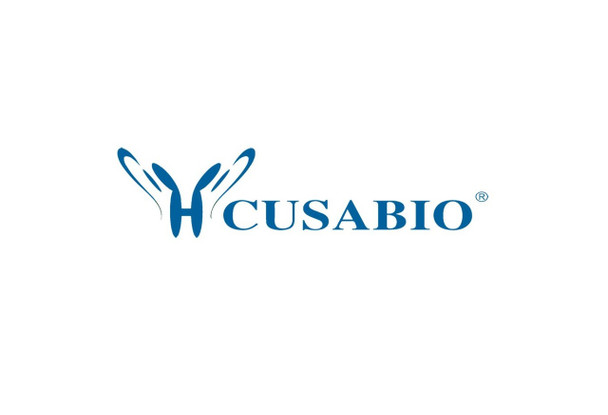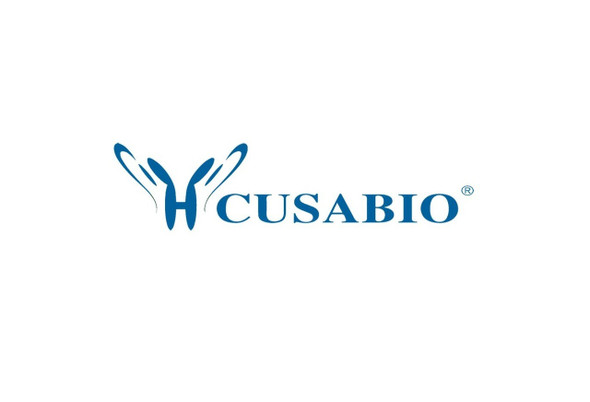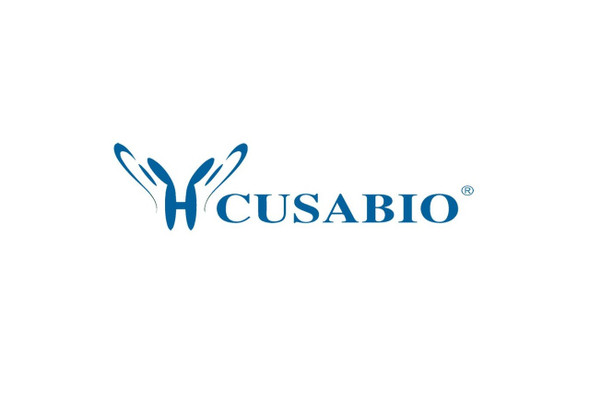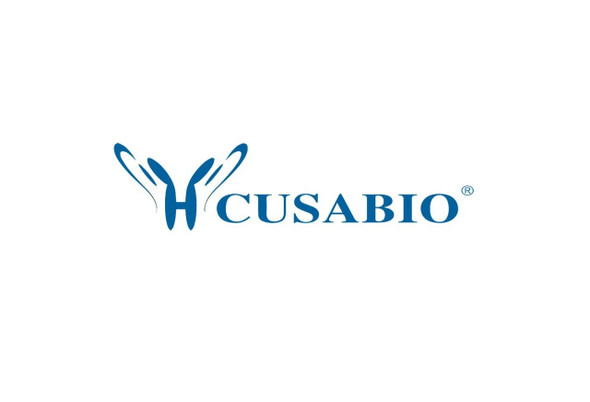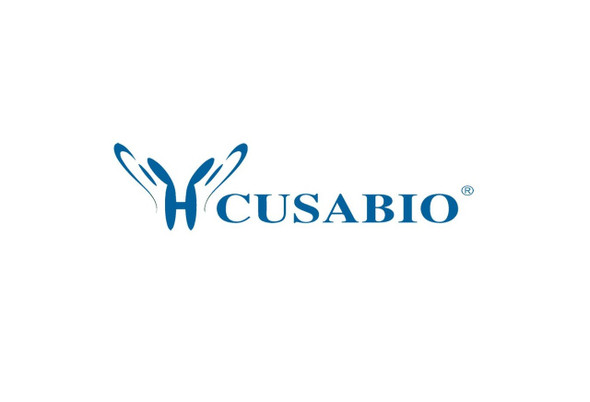Cusabio Human Recombinants
Recombinant Human Interferon-induced protein with tetratricopeptide repeats 3 (IFIT3) | CSB-EP011022HU
- SKU:
- CSB-EP011022HU
- Availability:
- 13 - 23 Working Days
Description
Recombinant Human Interferon-induced protein with tetratricopeptide repeats 3 (IFIT3) | CSB-EP011022HU | Cusabio
Alternative Name(s): CIG49ISG-60Interferon-induced 60KDA protein ;IFI-60KInterferon-induced protein with tetratricopeptide repeats 4 ;IFIT-4Retinoic acid-induced gene G protein ;P60 ;RIG-G
Gene Names: IFIT3
Research Areas: Immunology
Organism: Homo sapiens (Human)
AA Sequence: MSEVTKNSLEKILPQLKCHFTWNLFKEDSVSRDLEDRVCNQIEFLNTEFKATMYNLLAYIKHLDGNNEAALECLRQAEELIQQEHADQAEIRSLVTWGNYAWVYYHLGRLSDAQIYVDKVKQTCKKFSNPYSIEYSELDCEEGWTQLKCGRNERAKVCFEKALEEKPNNPEFSSGLAIAMYHLDNHPEKQFSTDVLKQAIELSPDNQYVKVLLGLKLQKMNKEAEGEQFVEEALEKSPCQTDVLRSAAKFYRRKGDLDKAIELFQRVLESTPNNGYLYHQIGCCYKAKVRQMQNTGESEASGNKEMIEALKQYAMDYSNKALEKGLNPLNAYSDLAEFLETECYQTPFNKEVPDAEKQQSHQRYCNLQKYNGKSEDTAVQHGLEGLSISKKSTDKEEIKDQPQNVSENLLPQNAPNYWYLQGLIHKQNGDLLQAAKCYEKELGRLLRDAPSGIGSIFLSASELEDGSEEMGQGAVSSSPRELLSNSEQLN
Source: E.coli
Tag Info: N-terminal 6xHis-SUMO-tagged
Expression Region: 1-490aa
Sequence Info: Full Length
MW: 72 kDa
Purity: Greater than 90% as determined by SDS-PAGE.
Relevance: IFN-induced antiviral protein which acts as an inhibitor of cellular as well as viral processes, cell migration, proliferation, signaling, and viral replication. Enhances MAVS-mediated host antiviral responses by serving as an adapter bridging TBK1 to MAVS which leads to the activation of TBK1 and phosphorylation of IRF3 and phosphorylated IRF3 translocates into nucleus to promote antiviral gene transcription. Exihibits an antiproliferative activity via the up-regulation of cell cycle negative regulators CDKN1A/p21 and CDKN1B/p27. Normally, CDKN1B/p27 turnover is regulated by COPS5, which binds CDKN1B/p27 in the nucleus and exports it to the cytoplasm for ubiquitin-dependent degradation. IFIT3 sequesters COPS5 in the cytoplasm, thereby increasing nuclear CDKN1B/p27 protein levels. Upregulates CDKN1A/p21 by downregulating MYC, a repressor of CDKN1A/p21. Can negatively regulate the apoptotic effects of IFIT2.
Reference: Use of differential display analysis to assess the effect of human cytomegalovirus infection on the accumulation of cellular RNAs induction of interferon-responsive RNAs.Zhu H., Cong J.-P., Shenk T.Proc. Natl. Acad. Sci. U.S.A. 94:13985-13990(1997)
Storage: The shelf life is related to many factors, storage state, buffer ingredients, storage temperature and the stability of the protein itself. Generally, the shelf life of liquid form is 6 months at -20?/-80?. The shelf life of lyophilized form is 12 months at -20?/-80?.
Notes: Repeated freezing and thawing is not recommended. Store working aliquots at 4? for up to one week.
Function: IFN-induced antiviral protein which acts as an inhibitor of cellular as well as viral processes, cell migration, proliferation, signaling, and viral replication. Enhances MAVS-mediated host antiviral responses by serving as an adapter bridging TBK1 to MAVS which leads to the activation of TBK1 and phosphorylation of IRF3 and phosphorylated IRF3 translocates into nucleus to promote antiviral gene transcription. Exihibits an antiproliferative activity via the up-regulation of cell cycle negative regulators CDKN1A/p21 and CDKN1B/p27. Normally, CDKN1B/p27 turnover is regulated by COPS5, which binds CDKN1B/p27 in the nucleus and exports it to the cytoplasm for ubiquitin-dependent degradation. IFIT3 sequesters COPS5 in the cytoplasm, thereby increasing nuclear CDKN1B/p27 protein levels. Upregulates CDKN1A/p21 by downregulating MYC, a repressor of CDKN1A/p21. Can negatively regulate the apoptotic effects of IFIT2.
Involvement in disease:
Subcellular Location: Cytoplasm, Mitochondrion
Protein Families: IFIT family
Tissue Specificity: Expression significantly higher in peripheral blood mononuclear cells (PBMCs) and monocytes from systemic lupus erythematosus (SLE) patients than in those from healthy individuals (at protein level). Spleen, lung, leukocytes, lymph nodes, placenta, bone marrow and fetal liver.
Paythway:
Form: Liquid or Lyophilized powder
Buffer: If the delivery form is liquid, the default storage buffer is Tris/PBS-based buffer, 5%-50% glycerol. If the delivery form is lyophilized powder, the buffer before lyophilization is Tris/PBS-based buffer, 6% Trehalose, pH 8.0.
Reconstitution: We recommend that this vial be briefly centrifuged prior to opening to bring the contents to the bottom. Please reconstitute protein in deionized sterile water to a concentration of 0.1-1.0 mg/mL.We recommend to add 5-50% of glycerol (final concentration) and aliquot for long-term storage at -20?/-80?. Our default final concentration of glycerol is 50%. Customers could use it as reference.
Uniprot ID: O14879
HGNC Database Link: HGNC
UniGene Database Link: UniGene
KEGG Database Link: KEGG
STRING Database Link: STRING
OMIM Database Link: OMIM

